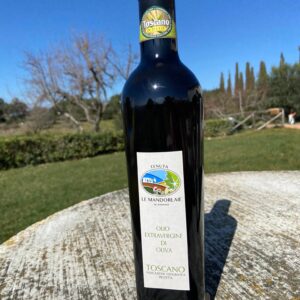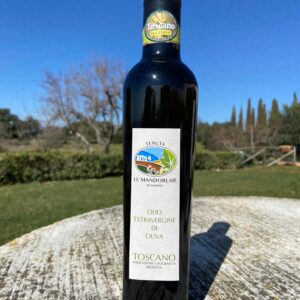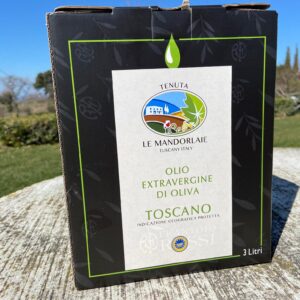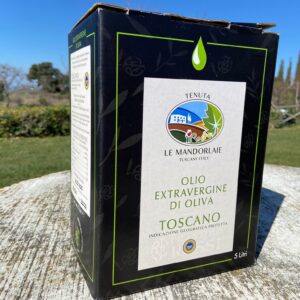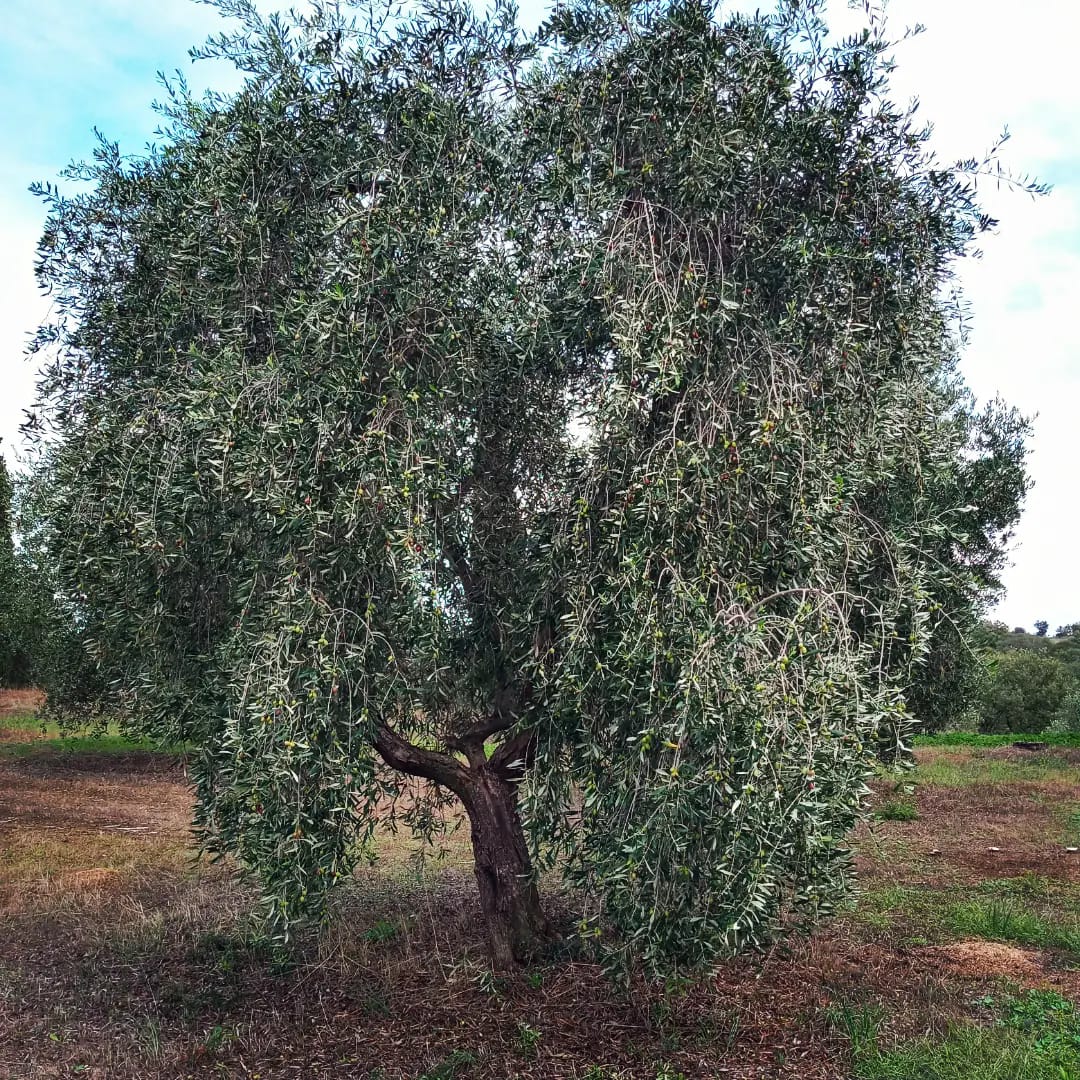
What methods can be used to reduce Olive fly?
 What is the Olive fly?
What is the Olive fly?
Bactrocera oleae is the scientific name for the olive fly, also known as the olive fruit fly. It is a serious pest of olive trees and olive production as the female fly lays its eggs on stone as it forms inside the fruit, the larvae then hatch and feed on the fruit’s pulp and this can cause significant damage to the crop, read on to understand how to reduce olive fly.
So where did the olive fly come from? The olive fly is native to the Mediterranean region but it has spread to other parts of the world where olive trees are grown, these include California, South America, Australia, and New Zealand.
The fly is especially active during the summer months when temperatures are high, however more recently with warmer winters it has been seen that populations are surviving through winter ready to cause problems as large infestations earlier on in the season than previously, infestations can cause significant economic losses for olive growers.
Control measures for the olive fly include cultural practices, trapping, and the use of ally accepted insecticides.
There are several methods that can be used to reduce olive fly infestation
Trapping: You can use yellow sticky traps or pheromone traps to capture adult olive flies. These traps should be placed around the perimeter of the olive trees, and they should be checked and cleaned regularly.
We use the BIOIBERICA DACUS Trap to reduce olive fly and protect our olive trees that create our IGP Olive Oil Toscana, this is a 1.5 litre plastic bottle that has small 5mm holes drilled around the top of the bottle, it is one third filled with an liquid made from sardines and yeast, it attracts the olive floy, and other small fruit flies, and the access holes are small so no other pollinators are able to make it into the bottle. These bottles are put up in early July, before the expected bloom of the olive fly in late July. Adding the olive fly traps early, means you get to clean up and early starters, hopefully giving you the advantage for the year. The olive fly trap bottle liquid last around 3 to 4 months, then it can be refiilled using a mix you can create yourself, it it tryly , and contains no pesticides.
Cultural practices: Cultural practices such as pruning, mowing, and removing fallen fruit can help reduce the olive fly population. The larvae of the olive fly develop in fallen fruit, so removing it can help break the life cycle of the pest.
Biological control: There are several natural predators and parasites of the olive fly that can help keep their populations under control. These include parasitic wasps and predatory beetles.
Organic insecticides: There are several insecticides that can be used to control olive flies. These include spinosad, pyrethrin, and neem oil. It is important to follow the instructions carefully when using these products, most products require a license to use.
 How to apply spinosad to Olive trees
How to apply spinosad to Olive trees
To apply spinosad to olive trees, you can follow these general steps:
Choose the right time: Spinosad is most effective against reduce olive fly when applied during the active feeding periods. Check the pest’s life cycle and consult with a local agricultural extension office or expert to determine the optimal timing for application on olive trees in your region.
Read the instructions: Carefully read and follow the instructions provided on the spinosad product label. It will provide specific guidelines regarding dosage, dilution ratios, and safety precautions.
Prepare the spray solution: Spinosad is commonly available as a concentrated liquid or powder. Dilute the spinosad product according to the instructions on the label. Typically, this involves mixing the appropriate amount of spinosad with water in a sprayer tank. Use clean water and ensure thorough mixing.
Wear protective clothing: Put on appropriate protective clothing, including long sleeves, long pants, gloves, and goggles, to minimize exposure to spinosad during application. Follow the safety precautions outlined on the product label.
Calibrate and prepare the sprayer: Calibrate the sprayer according to the manufacturer’s instructions to ensure accurate and even application on a zone 50cm round, on the north side of the tree and around 2.3m high. Clean the sprayer thoroughly if it has been used previously to avoid any potential contamination.
Monitor weather conditions: It is generally recommended to avoid spraying spinosad during windy or rainy conditions, as it may reduce the effectiveness of the product and lead to off-target drift. Choose a calm day with no rain in the forecast for the application.
Follow recommended intervals: Depending on the specific pest and the severity of the infestation, to reduce olive fly you may need to reapply spinosad at recommended intervals. This information can be found on the product label or obtained from a local agricultural expert. Normally we need to reapply after heavy rains also.
Note: The use of spinosad to reduce olive fly is only for authorised licensed users. For usage requirements in your area consult a agricultural expert or the sales outlet of spinosad products.

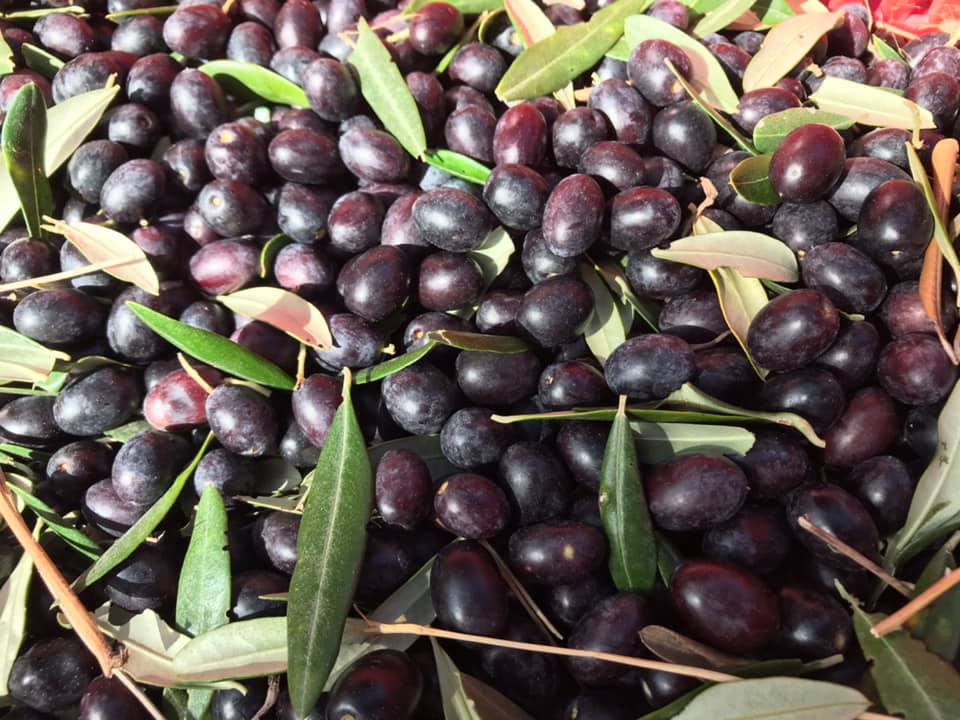 What is the Olive fly?
What is the Olive fly?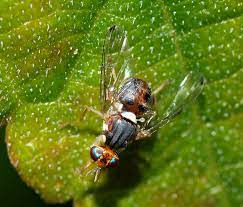 How to apply spinosad to Olive trees
How to apply spinosad to Olive trees